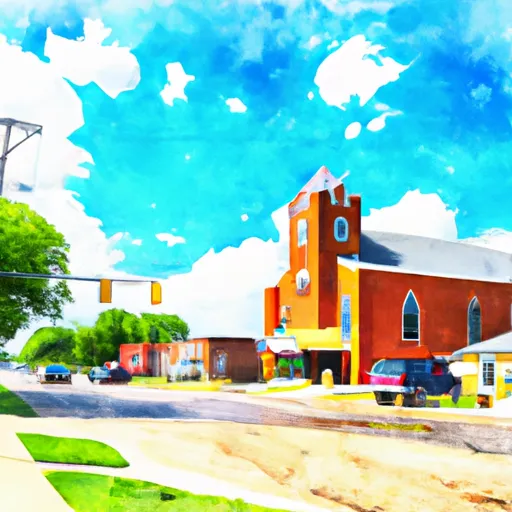°F
°F
mph
Windspeed
%
Humidity











Blakesburg, Iowa has a humid continental climate with cold winters and warm summers. The area receives an average of 35 inches of precipitation per year, with most falling in the summer months. The hydrology of the area consists of small streams and creeks that flow into nearby lakes and reservoirs. Outdoor recreation opportunities in Blakesburg include fishing and boating on the nearby Lake Belva Deer and hiking and camping in the surrounding state parks. The area is also known for its annual Antique Airfield Fly-In, which attracts aviation enthusiasts from around the country.
Weather Forecast
Blakesburg receives approximately 952mm of rain per year, with humidity levels near 83% and air temperatures averaging around 11°C. Blakesburg has a plant hardyness factor of 5, meaning plants and agriculture in this region thrive during a short period during spring and early summer. Most plants will die off during the colder winter months.
Regional Streamflow Levels
111
Cubic Feet Per Second
62
Cubic Feet Per Second
10
Cubic Feet Per Second
4
Cubic Feet Per Second
Nearby Camping
| Camping Area | Reservations | Toilets | Showers |
|---|---|---|---|
| Ozark Isle - Bull Shoals Lake | |||
| Highway 125 - Bull Shoals Lake | |||
| Dam Site - Bull Shoals Lake | |||
| Oakland - Bull Shoals Lake | |||
| Buck Creek - Bull Shoals Lake | |||
| Bull Shoals State Park |



